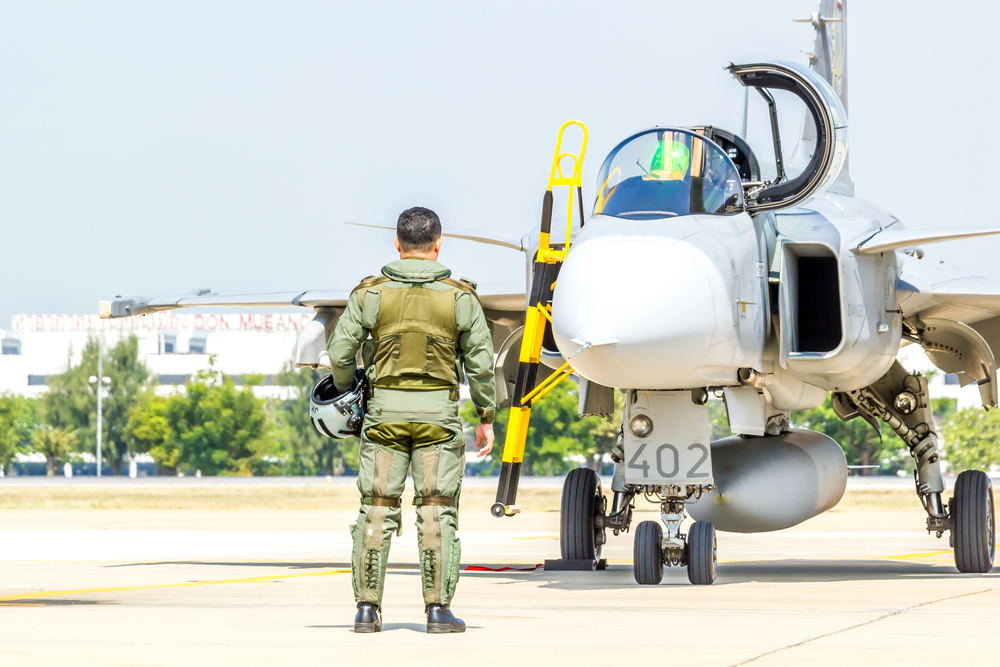
“For safety and security of our airmen and due to an excess of caution, the suspension will remain in effect after the Air Force Office of Special Investigations and the AFGSC Safety office conduct aggressive investigations,” said Air Force Global Strike Command public affairs office spokesman Charles “Moose” Hoffman. Following a senseless on-duty airman death at F.E. Warren Air Force Base, the Air Force’s highest nuclear command shut down the Sig Sauer M18 pistol, a move that’s causing shockwaves across military, law enforcement, and legal circles nationwide.
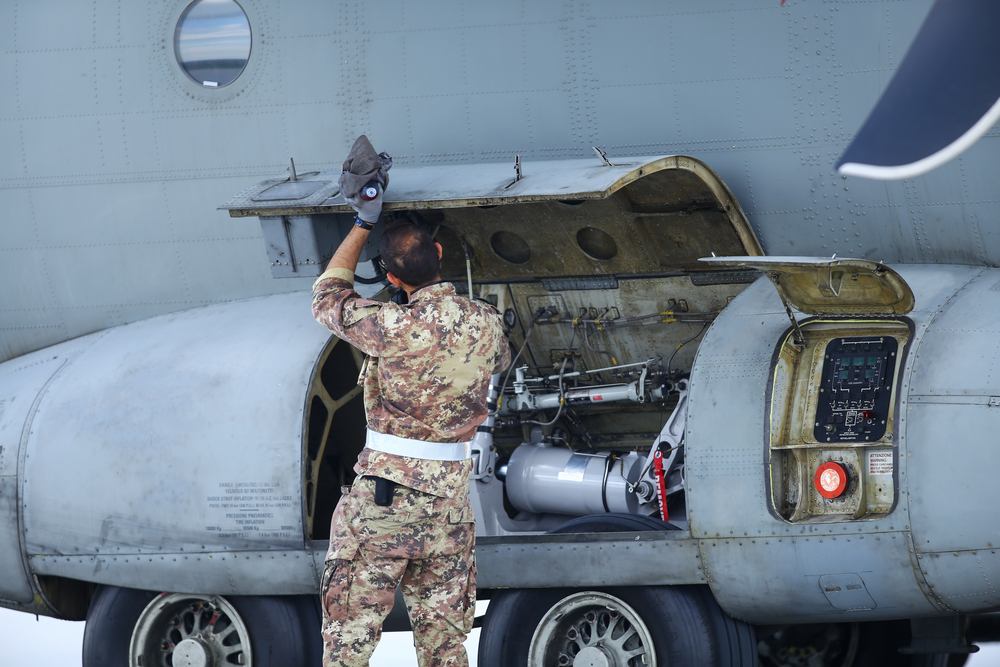
1. The Instant Backlash: AFGSC’s Dramatic Standstill and Inspections
The Air Force Global Strike Command (AFGSC), charged with guarding America’s nukes, wasted no time after the incident. The M18s were all pulled off duty, replaced by M4s to keep base security as tight as a drumhead. Security Forces Combat Arms Airmen at every AFGSC base are currently performing 100% inspections of the M18 pistol to record any possible immediate safety concerns. This thorough review is no check-box, it’s a thorough examination of the platform’s reliability, considering that the command closely works with the Air Force Security Forces Center and Headquarters Air Force Security Forces in developing future correctional policy.
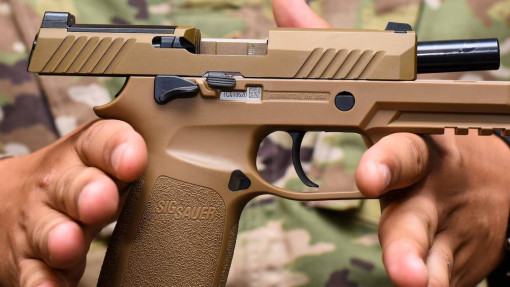
2. A Pattern of Uncommanded Discharges: What the Data Says
It is not the first instance when the P320/M18 platform has been called into question. The Michigan State Police reported a rare incident in 2024: an M18 holstered by the officer discharged, with witnesses swearing that “at no time was the trigger pressed intentionally or inadvertently.” The officer was holding keys, not the gun, at the time.
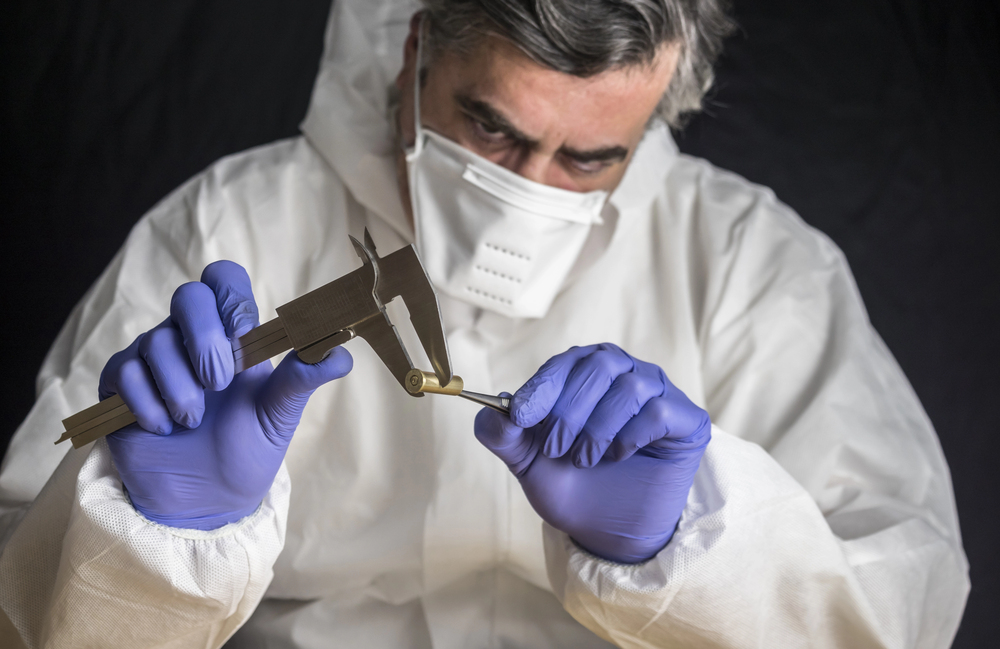
This is part of a larger trend; more than 100 such incidents have been reported, with at least 80 individuals incurring injury from so-called “uncommanded discharges” nationwide. The FBI’s Ballistic Research Facility (BRF) recently examined one such case, finding that, under certain conditions, it “may be possible” for the M18 to fire without a trigger pull, though these findings remain hotly debated.

3. Sig Sauer’s Defense and the Ongoing Legal Battle Sig Sauer, of New Hampshire, isn’t apologetic.
“The P320 CANNOT, in any situation, discharge without a trigger pull; that’s a fact,” the company responded. Its formal stance is that all accidents are caused by user mishap or holster compatibility and not a design flaw in the product. Despite this, Sig Sauer has been hit with dozens of lawsuits from law enforcement officers, military personnel, and civilians. Others have led to verdicts against the company, including multimillion-dollar verdicts in Pennsylvania and Georgia, though appeals remain. The legal environment is also shifting. New Hampshire lawmakers recently passed a bill that makes it tougher to sue gun manufacturers for the “presence or absence” of particular safety features, a measure that was generally viewed as a shield for Sig Sauer amid increased litigation and industry pressure.

4. Safety Investigations: The Air Force’s Reaction
When a weapons mishap occurs, the Air Force doesn’t merely investigate it leaps into action. The Office of Special Investigations and the AFGSC Safety office are leading the investigation in question, attempting to discover whether the deadly discharge was accidental, mechanical, or of another type altogether.
These investigations are thorough, incorporating forensic analysis, mechanical testing, and interrogation. The procedure is designed not just to discover root causes but to instruct future safety protocols so that lessons are learned in true terms and applied to individuals in the field throughout commands.
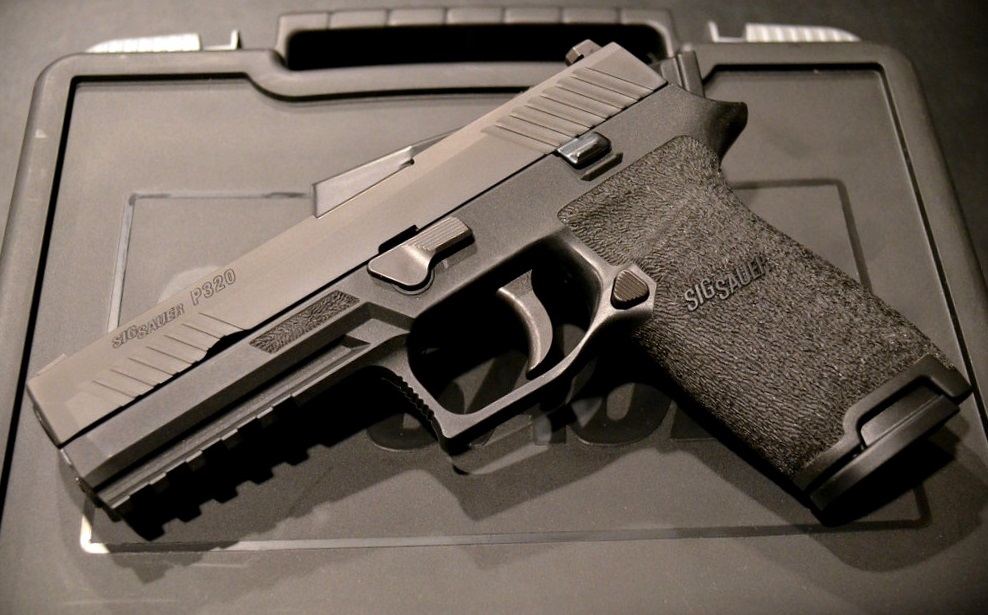
5. The M18 and P320: Engineering, Modifications, and Ongoing Suspicion
The M18, a mini 9mm version of the P320, was selected by the Army in 2017 after fierce competition. Its modular, striker-fired design is designed to be state-of-the-art, featuring various integrated safeties like a Takedown Safety Lever, Internal Striker Safety, Manual External Safety, Disconnect Safety, and Loaded Chamber Indicator.
Practical experience has uncovered potential vulnerabilities namely in the realm of striker safety lock and sear engagement. The FBI report chronicled that, in certain manipulations, the striker safety lock rendered ineffective, raising the probabilities of an accidental discharge. Sig Sauer counters that such accidents are unlikely or caused by faulty testing and points to the institution in 2017 of a voluntary upgrade program aimed at mitigating initial drop safety shortcomings and restoring customer trust.

6. Military and Law Enforcement: Convergent Paths on the M18
Although the Air Force has temporarily grounded M18s, the other branches have been watching and so far haven’t budged. The Army, for instance, said the M17/M18 versions possess “several improvements” and were extensively tested for safety, including through drop testing.
Law enforcement officials were faster on the trigger, however U.S. Immigration and Customs Enforcement (ICE) and the Chicago Police Department each banned P320-series pistols from duty use for safety reasons. This dichotomy highlights tension between frugal military procurement policy and the merciless realities of officers’ and soldiers’ experience on the combat zones of jurisdiction.

7. Supporting Airmen: Mental Health and Resilience Resources
In the midst of legal and technical controversy, there is always the human element at work. The Air Force accelerated the initiative to enhance Security Forces airmen and guardians’ mental health and resilience, considering the unique stresses the warriors responsible for defending bases and nuclear sites must bear. Initiatives like the Fortify the Force Initiative Team (FFIT) are erasing mental health treatment stigma, expanding access to peer support, and promoting overall wellness.
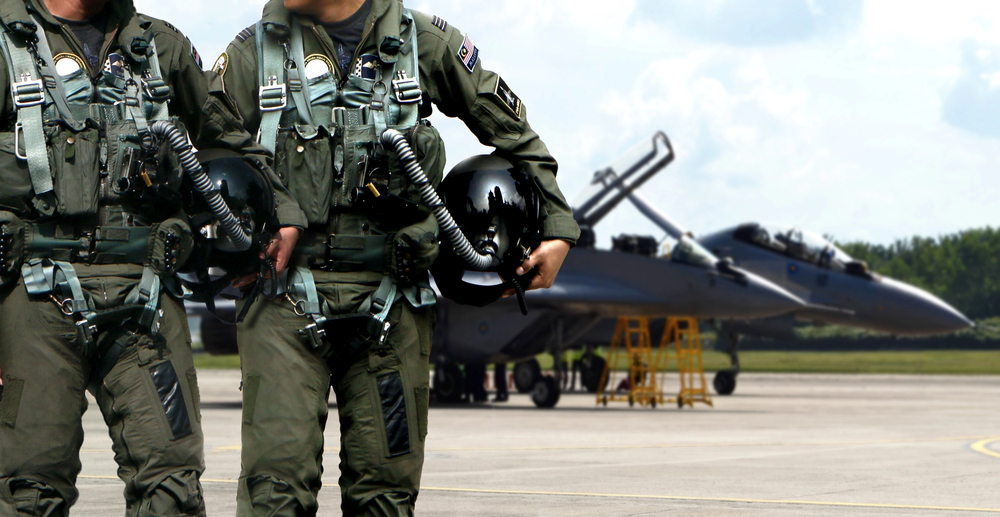
As the investigation progresses, these assets are vital to guiding airmen through trauma, staying ready, and staying mission-focused while the tools of their work become suspect in times of unrest. The Air Force’s short-term suspension of M18 distribution isn’t just a matter of one gun, or one accident it’s an announcement that safety, openness, and the well-being of those in service aren’t up for negotiation until the legal and technical arguments shake themselves out.


